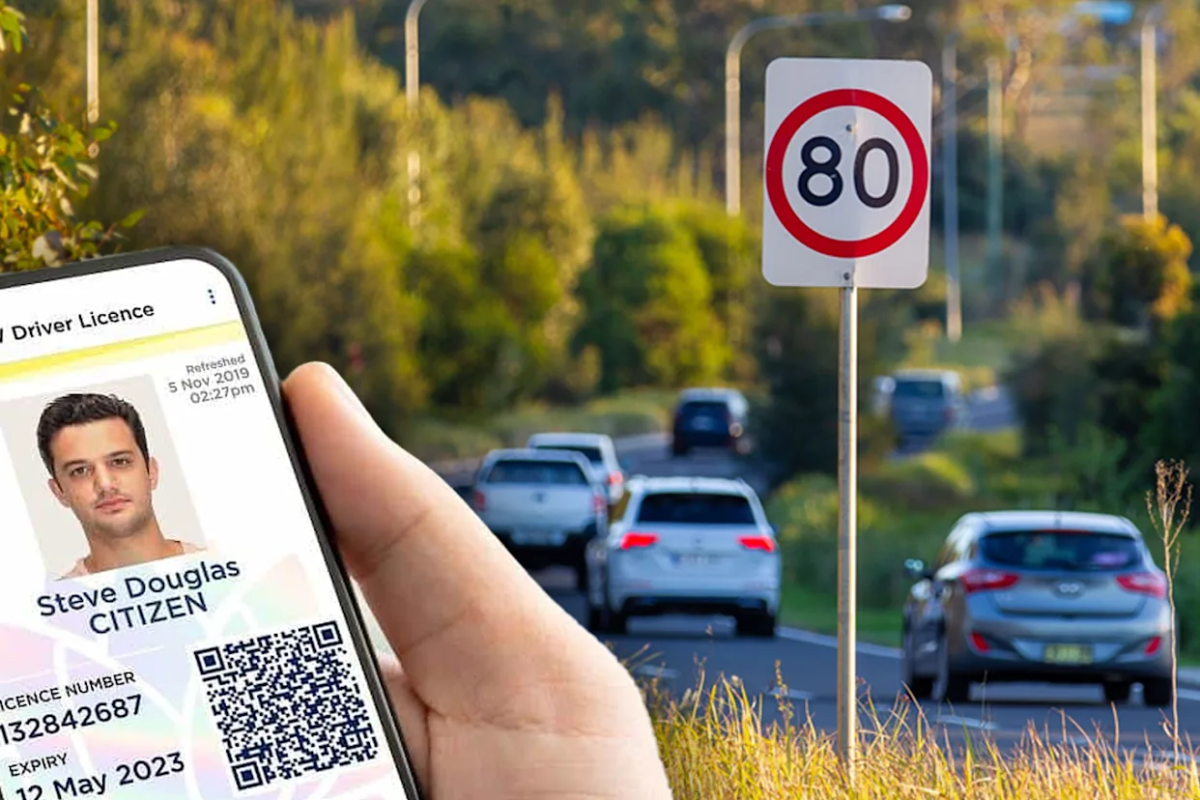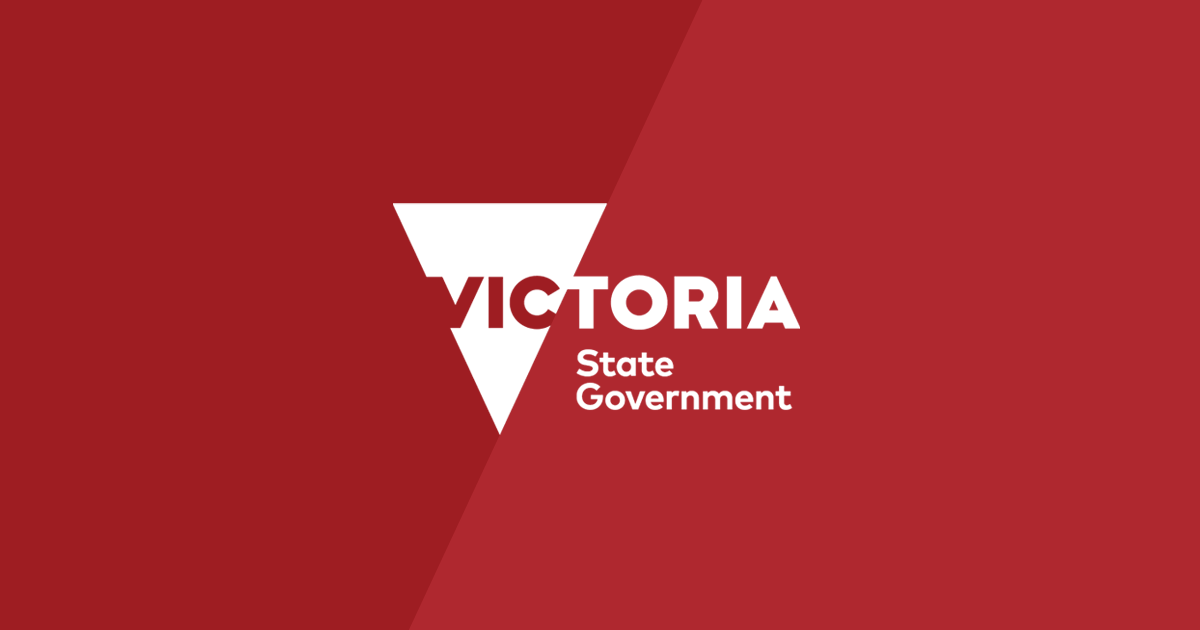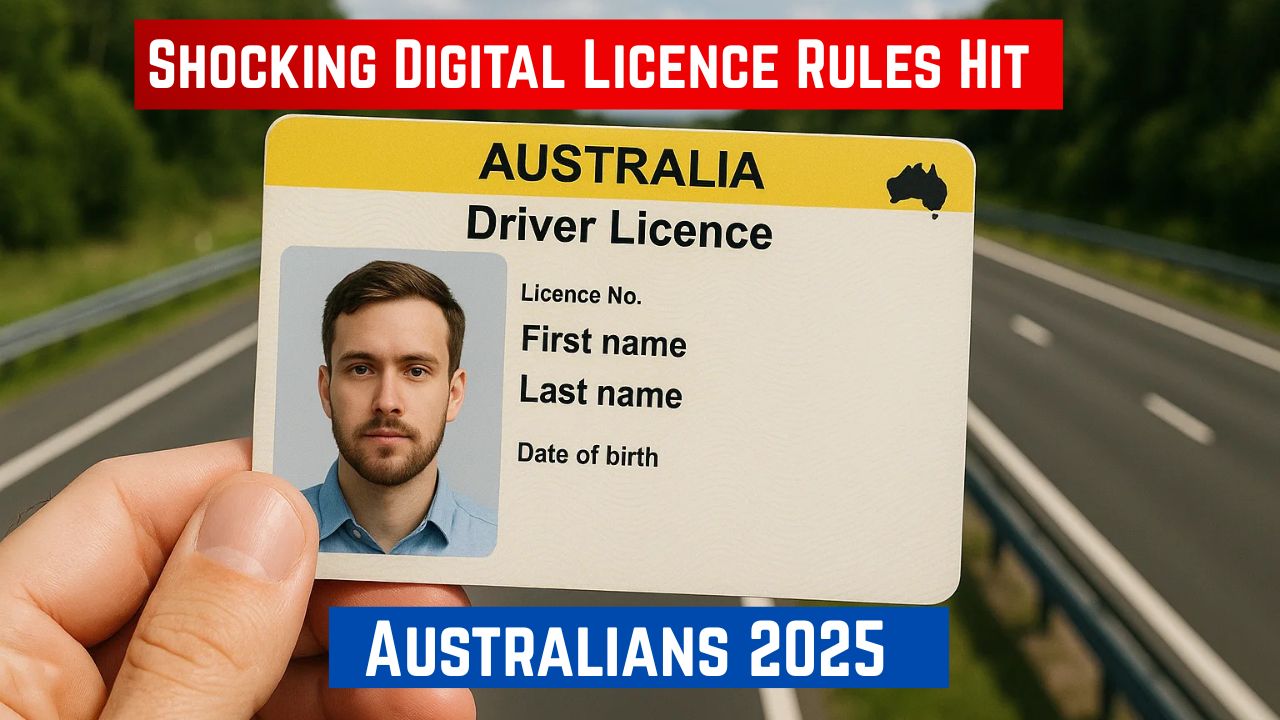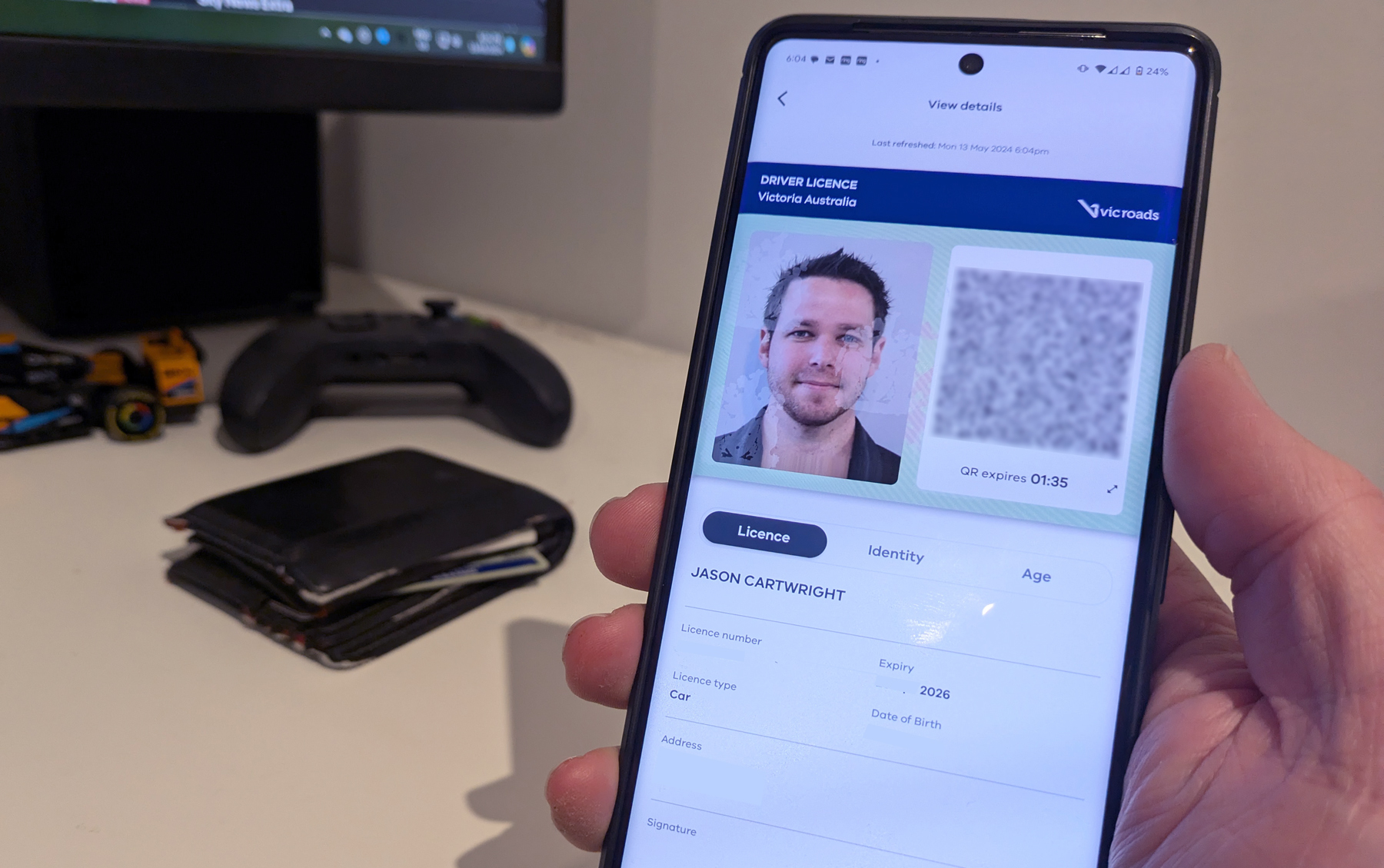
Millions of Australians are already flashing their digital driver's licences from their smartphones, leaving others stuck with their scuffed plastic cards.
The uneven rollout has created a frustrating postcode lottery—and sparked political squabbles over who’s to blame for the delay.
As some states race ahead, others are still treading water, waiting for a national standard to catch up.
South Australia first hit the accelerator in October 2017, with New South Wales following two years later, Queensland joining in late 2023, and Victoria launching its statewide rollout in May 2024.
But three jurisdictions—the ACT, Western Australia, and until recently, the Northern Territory—have stayed parked on the sidelines of this digital revolution.
The ACT’s cautious gamble
The ACT has become a focal point in the debate, with its government insisting on a ‘cautious approach’ while critics accuse it of bureaucratic delay.
Finance Minister Rachel Stephen-Smith famously compared the decision to the Beta versus VHS format war of the 1980s, warning against investing in the wrong technology.
‘Some will be too young, maybe, to remember this, but what we want to avoid is investing in a Beta video recorder just as we realise that the rest of the world is moving to VHS as standard,’ she told The Canberra Times.
Her analogy hit home for many.
With 349,730 licence holders in the ACT, officials argue that rolling out an isolated system now could waste money if Australia later adopts a unified digital licence standard.
'I think it's about time the government got on and got it done.'
The debate reached boiling point when Liberal MP Ed Cocks successfully pushed a motion for the rollout, winning rare tripartisan support.
‘I hope when she goes into that negotiating room, she brings a little bit more enthusiasm to the possibilities and the positive future that this could bring,’ Cocks said, urging the Finance Minister to act faster.
National harmony on the horizon
Yet the ACT’s cautious stance may soon pay off.
Austroads has been working behind the scenes with all states and territories to ensure their systems align under the ISO 18013-5 international standard.
This global framework—planned for launch between 2025 and 2026—will guarantee that digital licences are secure, consistent, and recognised nationwide.
The technology is already proving its worth, with delegates from Europe, the United States, and Australia successfully testing cross-border verification at U.S. airport security checkpoints during a recent summit in Sydney.
What this means for your daily life
For seniors and others tired of rummaging for their ID, the appeal is obvious.
Digital licences mean no more bulky wallets or misplaced cards when picking up prescriptions, visiting the bank, or collecting parcels.
Enhanced encryption and real-time verification will safeguard personal data while reducing the risk of fraud—a major concern for older Australians wary of digital identity theft.
Once the system is fully interoperable, users will even be able to present their ID seamlessly across state borders or in participating countries abroad.
Digital licence benefits for seniors
- No need to carry physical wallet for ID
- Advanced security with encryption protection
- Works across state borders once fully implemented
- Real-time verification prevents fraud
The momentum is building
Momentum is building nationwide.
The Northern Territory recently announced a $20.66 million budget for digital licences, with trials set to begin in late 2025.
That leaves Western Australia and the ACT as the last jurisdictions without firm rollout dates.
The ACT government has committed to releasing a progress report by December 2026, mapping out when residents can expect digital licences.
Collaboration with other states—especially New South Wales, Victoria, Queensland, and South Australia—is already underway to address enforcement and venue verification across borders.
Here’s where things currently stand across Australia
- Already available: South Australia (2017), New South Wales (2019), Queensland (2023), Victoria (May 2024)
- Coming soon: Northern Territory (trials from late 2025), ACT (progress report December 2026)
- Status unclear: Western Australia (still exploring options)
- Victoria’s rollout is currently limited to full licence holders, with learners and probationary drivers joining in 2025
The bigger picture
The broader vision extends well beyond convenience.
The digital licence rollout marks a crucial step in Australia’s modernisation of digital identity infrastructure, integrating with biometric verification systems and international standards for secure data exchange.
While the wait may frustrate those left behind, the coordinated approach promises a stronger, more unified national system in the long run.
After all, as the Finance Minister’s Beta versus VHS analogy reminds us, sometimes the slow route leads to a smoother finish.
What This Means For You
South Australia paved the way in 2017, setting the trend for digital driver’s licences that other eastern states soon followed.
The ACT, however, has taken a slower route, insisting that waiting for national standards will prevent costly mistakes.
By 2026, the ISO 18013-5 framework is expected to unify digital licences across the country—and even make them valid overseas.
For everyday Australians, especially those tired of digging through wallets or worrying about lost cards, the shift promises a more secure and convenient way to prove their identity without the fuss.
While the shift to digital licences promises fewer hassles and greater security, keeping track of licence details still requires attention.
Even small oversights—like missing a renewal notice—can quickly turn into expensive mistakes.
One recent story highlights just how costly that can be when a simple lapse goes unnoticed.
Read more: Check your licences: Local woman's licence oversight costs her over $650
Major driver's licence update as Aussie drivers demand action: 'About time' — Reports on political pressure and public frustration over the uneven rollout of digital driver's licences across Australia.
Major driver's licence update as Aussie drivers demand action: 'Get it done'
NT to join southern states with digital driver’s licence — Details the Northern Territory’s $20.66 million plan to introduce digital licences by late 2025, joining other states already using them.

NT to join southern states with digital driver’s licence
Gearing up for statewide digital driver licence launch | Premier — Confirms Victoria’s statewide rollout in May 2024, allowing millions of Victorians to access digital licences via smartphone.

Gearing Up For Statewide Digital Driver Licence Launch
Australia’s digital driver licence rollout begins in 2025 – what each state is doing and how it impacts you — Explains the flexibility of state rollouts, digital security features, and differing implementation timelines.

Australia’s Digital Driver Licence Rollout Begins in 2025 – What Each State Is Doing and How It Impacts You - Super Car Rides
Australian jurisdictions back move to align mobile drivers’ licences with international standards for better licence verification and safer roads | Austroads — Outlines Austroads’ coordination with all jurisdictions to meet ISO 18013-5 standards for digital licence interoperability by 2025–2026.
State governments back digital drivers licence harmonisation — Confirms Australia’s move to align digital licences under a unified system targeted for launch between 2025 and 2026.

State governments back digital drivers licence harmonisation
Digital licences now available in Victoria. Goodbye wallet, I'm done with you — Notes that Victoria’s current rollout covers full licence holders, with learners and probationary drivers gaining access in 2025.

Digital Licenses now available in Victoria. Goodbye Wallet, I'm done with you - techAU
Australia to launch national biometric driver licence system in 2025 — Describes how the digital licence rollout fits into Australia’s broader digital identity and biometric verification system.
Would you trust your digital driver’s licence over a plastic one—or do you still prefer the old-school reliability of the card in your wallet?







